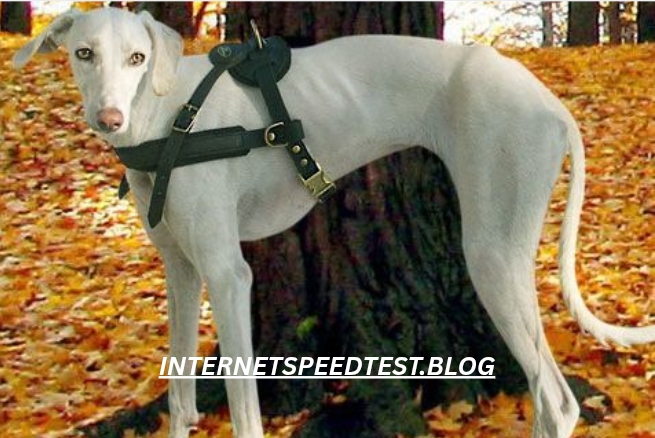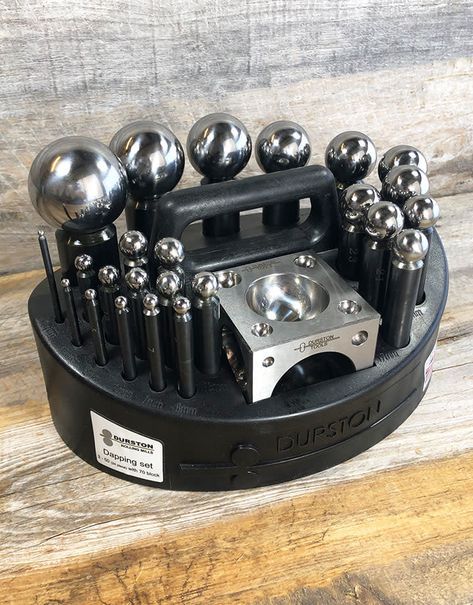Introduction
When it comes to owning a greyhound, one of the most essential accessories you will need is a greyhound harness. These elegant and gentle dogs are unique in their body structure, temperament, and exercise needs. Because of their slim frames, deep chests, and long necks, a regular harness does not fit them properly. That’s why investing in a harness specifically designed for greyhounds is vital for their comfort and safety.
In this comprehensive guide, we’ll explore everything you need to know about greyhound harnesses—from their benefits and features to tips on choosing the perfect one, training your dog to use it, and even the best brands available today.
Why a Greyhound Harness is Different from a Regular Harness
Greyhounds are not built like other dogs. Their sleek bodies, narrow heads, and athletic builds require special consideration. While most dog harnesses are made with standard proportions, a greyhound’s body poses challenges:
- Deep Chest & Narrow Waist – Unlike most breeds, greyhounds have a barrel-like chest and a very slim waist. A standard harness often slips off or causes discomfort.
- Long, Slender Neck – Collars can be dangerous because their thin necks don’t provide enough resistance, making them prone to slipping out or getting injured.
- Sensitive Skin & Thin Coat – Greyhounds lack the protective fur other dogs have, making them more vulnerable to chafing from poorly fitted harnesses.
A greyhound-specific harness addresses these issues by offering a snug but comfortable fit, ensuring control without causing pain.
Benefits of Using a Greyhound Harness
Switching from a collar to a properly designed greyhound harness comes with several advantages:
1. Enhanced Safety
Because greyhounds are natural sprinters, they can lunge forward suddenly. A harness distributes the pressure evenly across their chest and shoulders, preventing neck strain or injury.
2. Better Control
Harnesses allow owners to manage their greyhound’s movements more effectively, especially in busy areas or during training sessions.
3. Reduced Risk of Escaping
With their narrow heads, greyhounds often slip out of collars. A harness designed for their shape makes escape nearly impossible.
4. Comfort During Walks
A well-padded harness prevents rubbing and discomfort, allowing your greyhound to enjoy walks without irritation.
5. Training Aid
Harnesses are useful tools in teaching your greyhound proper walking behavior without pulling excessively.
Features to Look for in a Greyhound Harness
Not all harnesses are created equal. When shopping for the perfect greyhound harness, consider the following features:
1. Proper Fit
The harness should contour to your greyhound’s deep chest while staying secure around the shoulders and torso. Adjustable straps are essential.
2. Lightweight Material
Because greyhounds are sensitive to heat and friction, breathable fabrics such as mesh or nylon are ideal.
3. Padding
Soft padding around the chest and belly reduces chafing and provides extra comfort.
4. Escape-Proof Design
Look for harnesses with multiple adjustment points and secure buckles to prevent slipping out.
5. Reflective Strips
Safety is crucial during evening or early-morning walks. Reflective harnesses improve visibility.
6. Front-Clip Option
Front-clip harnesses discourage pulling, making them excellent for greyhounds still learning leash manners.
Types of Greyhound Harnesses
Greyhound harnesses come in different designs, each serving a unique purpose.
1. Standard Walking Harness
These harnesses are designed for everyday use. They provide comfort and control without restricting movement.
2. No-Pull Harness
Ideal for greyhounds that tend to pull, no-pull harnesses come with a front-clip design to guide them gently.
3. Escape-Proof Harness
If your greyhound is an escape artist, this type is essential. It includes extra straps around the torso for a secure fit.
4. Car Safety Harness
Specially designed for car rides, these harnesses attach to seat belts to keep your dog safe during travel.
5. Lightweight Adventure Harness
For active greyhounds who enjoy hiking or outdoor adventures, these harnesses are durable yet breathable.
Measuring Your Greyhound for the Perfect Harness
A harness will only work well if it fits properly. To measure your greyhound:
- Neck Circumference – Measure around the base of the neck, where a collar would usually sit.
- Chest Girth – Measure the widest part of your greyhound’s chest, just behind the front legs.
- Back Length – Some harnesses also require the length from the shoulders to the base of the tail.
Always refer to the sizing chart provided by the harness brand before purchasing.
Training Your Greyhound to Wear a Harness
Greyhounds, like many dogs, may need time to get used to wearing a harness. Here’s how to make the transition smooth:
- Introduce Slowly – Let your greyhound sniff and inspect the harness before putting it on.
- Positive Reinforcement – Use treats and praise whenever they allow you to put the harness on.
- Short Sessions – Start with short periods of wearing the harness indoors.
- Gradual Walks – Once comfortable, take them outside for brief walks, gradually increasing time.
Patience and consistency are key to making your greyhound comfortable.
Common Mistakes to Avoid with Greyhound Harnesses
- Buying a Standard Dog Harness – Regular harnesses don’t accommodate their body type.
- Incorrect Sizing – A harness that’s too loose may cause escapes, while one too tight can hurt your dog.
- Ignoring Material Quality – Cheap harnesses may cause skin irritation.
- Not Adjusting Straps Properly – Always double-check fit before every walk.
Top Greyhound Harness Brands to Consider
When it comes to choosing a reliable greyhound harness, some brands stand out for their quality and design:
1. Ruffwear
Known for durability and comfort, Ruffwear offers harnesses that work well with athletic breeds like greyhounds.
2. Julius-K9
This brand is popular for its adjustable, secure, and long-lasting harnesses, perfect for strong greyhounds.
3. 2 Hounds Design Freedom Harness
A favorite among trainers, this harness reduces pulling and offers dual leash attachments.
4. Blue-9 Balance Harness
Lightweight and highly adjustable, it’s excellent for greyhounds with sensitive skin.
5. Greyhound-Specific Brands
Some companies specialize in sighthound gear, ensuring perfect fits tailored for their body shape.
Greyhound Harness vs. Collar: Which is Better?
While some owners prefer collars for identification tags, a harness is far superior for walking and training. Collars put pressure on the neck, which can lead to injury or escape. A harness provides safety, comfort, and control—making it the best choice for everyday use.
Caring for Your Greyhound Harness
To make your harness last longer and remain safe for use:
- Wash Regularly – Hand wash or use a gentle machine cycle to remove dirt and sweat.
- Check for Wear and Tear – Inspect straps and buckles for signs of damage.
- Store Properly – Keep it in a dry place when not in use.
Greyhound Harness Accessories
You can enhance your greyhound’s walking experience with accessories like:
- Matching Leashes
- Reflective Vests
- Name Tags
- Cooling Pads for Hot Days
Greyhound Rescue and Harness Use
Many greyhounds adopted from racing backgrounds are unfamiliar with harnesses. For rescued greyhounds:
- Start with an escape-proof harness until trust builds.
- Use gentle training methods to introduce them to harnesses.
- Harnesses can help rebuild their confidence during walks.
FAQs About Greyhound Harnesses
Q1: Can I use a regular dog harness for my greyhound?
Not recommended. Greyhounds need harnesses tailored to their body shape.
Q2: Should I use a front-clip or back-clip harness?
Front-clip harnesses are great for training against pulling, while back-clip harnesses are good for well-trained walkers.
Q3: How often should I replace a harness?
Every 1–2 years, depending on wear and tear.
Q4: Is a harness comfortable for long walks?
Yes, if it’s padded and properly fitted.
Conclusion: Choosing the Best Greyhound Harness
Greyhounds are elegant, affectionate, and unique dogs that deserve the best care. Because of their distinct body structure, a greyhound harness is not just a luxury but a necessity. It ensures safety, comfort, and control while preventing escape or injury.
Whether you’re walking your retired racer, taking your greyhound on an adventure, or simply training them for better leash manners, the right harness makes all the difference. By focusing on proper fit, comfort, and durability, you’ll give your greyhound the freedom to enjoy walks safely and stylishly.




